
Sifu is a beat-em up where the protagonist goes all Dorian Gray for every time he “dies” in a fight. Aside from this one unusual story element, the plot is very basic and follows a very typical martial arts movie format. The set-up demands every minor and incidental character be some kind of awesome fighter to a point that the setting isn’t trying to be realistic.
When the protagonist was a child, his father was brutally murdered by a gang of five other martial artists. The leader also savagely murdered the kid, but did not realize the child possessed a magical talisman that resurrects the holder at the cost of accelerating their age by one year.
Sifu puts players in a predicament where they must master a lifetime of kung-fu if they want to get revenge. To master this fighting style, expect to practice a lot and there is no better teacher than failure. Can failing be a fun gaming experience? Is there a limit to how far Sloclap can disrespect the time of the player? Find out by reading our Sifu review!
Sifu
Developer: Sloclap
Publisher: Sloclap
Platforms: Microsoft Windows, PlayStation 4, PlayStation 5 (reviewed)
Release Date: February 8, 2022
Players: 1
Price: $39.99 USD
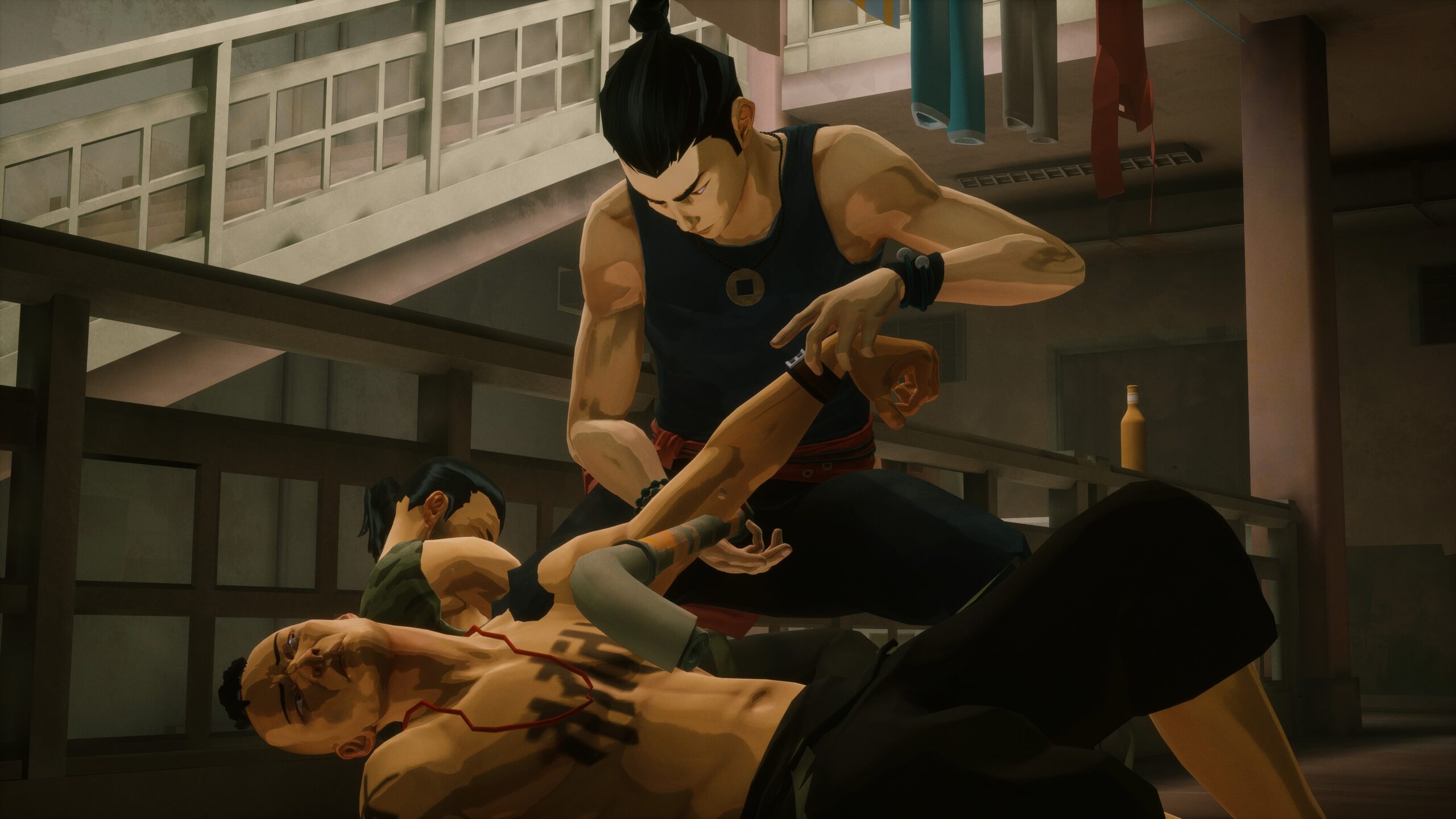
The hero must brave five stages where almost every passerby is looking to throw-down. Sometimes players will walk by an NPC who will stare them down, assume they can take them on… and probably can.
The most basic mooks in Sifu are not to be trifled with and can send the hero to an early grave if they play carelessly. The combat is very technical and demands tremendous accuracy and timing. The window of opportunity to parry is very narrow and fumbling means losing precious health.
HP can be regained if a successful finisher lands, which entails depleting opponent’s posture gauge. It is similar to Sekiro: Shadows Die Twice, but without multiple cores. The finisher animations are especially satisfying and come with blood curdling, bone snapping sounds that make the violent tussles feel nice and gritty.
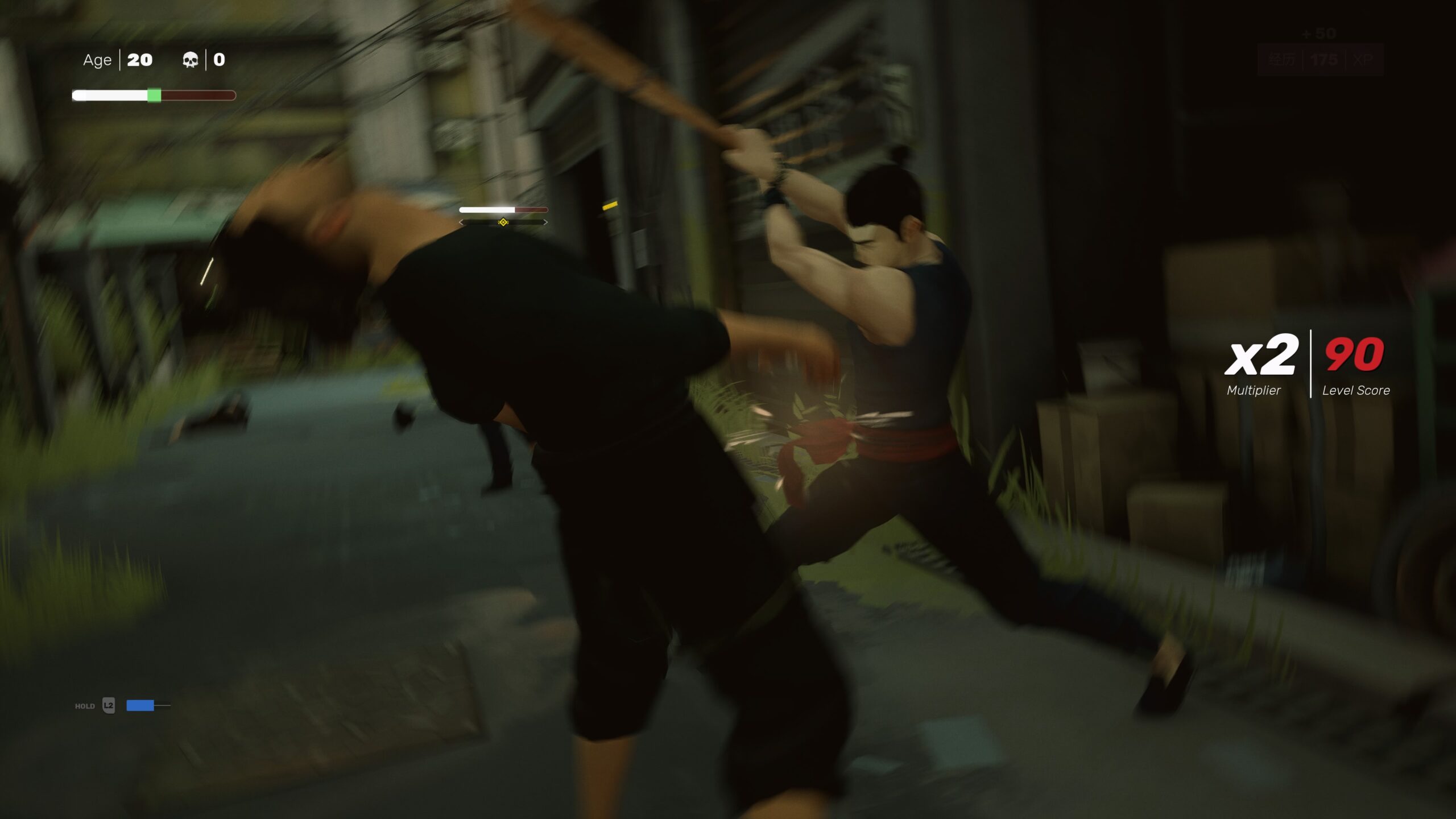
Sifu leans heavily on the Pak Mei style of kung fu. The game’s entire ethos is built around it, for better and for worse. This means that Sifu cannot be enjoyed like any other beatem-up; there is no button mashing, air-juggling and most attacks cannot be spammed. Sloclap aims for authenticity and realism.
Sifu’s five meager levels may seem like the game is shortchanging the player, Sloclap ensured that the hero’s quest for revenge would be replayable. This came at the expense of the player’s time. Sifu is artificially lengthened by implementing rogue elements and grindy gameplay.
Earning experience and buying techniques couldn’t just be spending 500 points on an ability and moving on. In Sifu, dying means losing that learned ability and that also means the player’s time is wasted. To permanently learn any ability, players have to buy the same move four or five times depending on the technique.
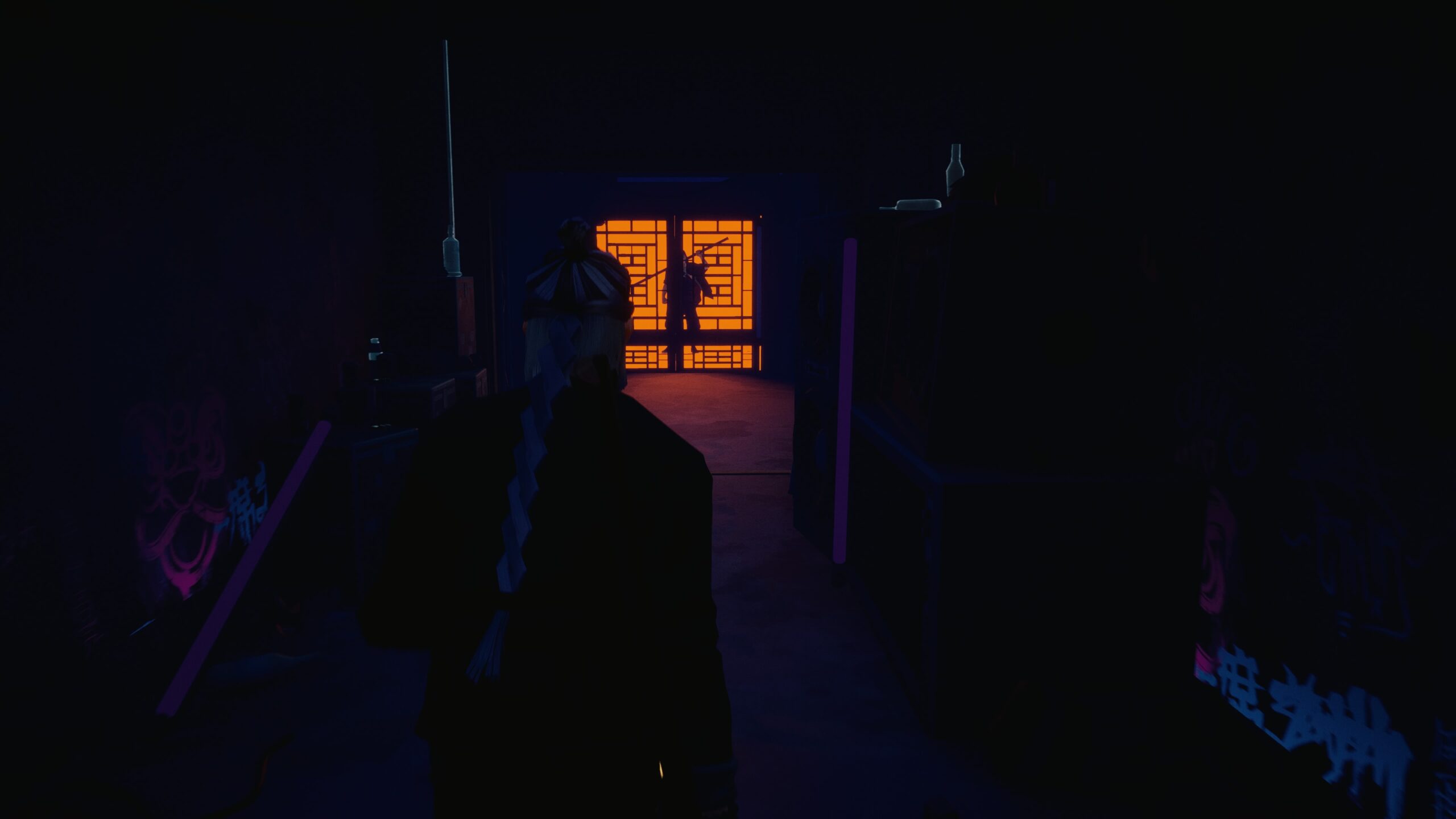
The idea behind this was probably to create tension, but all it does is push players to grind to keep their techniques and needlessly pad out the play time. This does help the player get a lot of practice when going back the first stage and the repeated playthroughs will hone skills enough that players will die less.
Dying is also handled in a creative way in Sifu. Death adds a year and adds a multiplier to the next death; increasing the rate the hero will age on future deaths. While the true death is always a looming threat, it is far more loaded and complicated than just getting a game over.
Death is agonizing. After a few deaths, the hero’s skill tree will begin to lock out some of the advanced techniques. At around the mid-life crisis era, the hero will also begin to gradually decrease his max HP, but also inexplicably gain attack boosts which is meant to encourage more careful play with more damaging results.
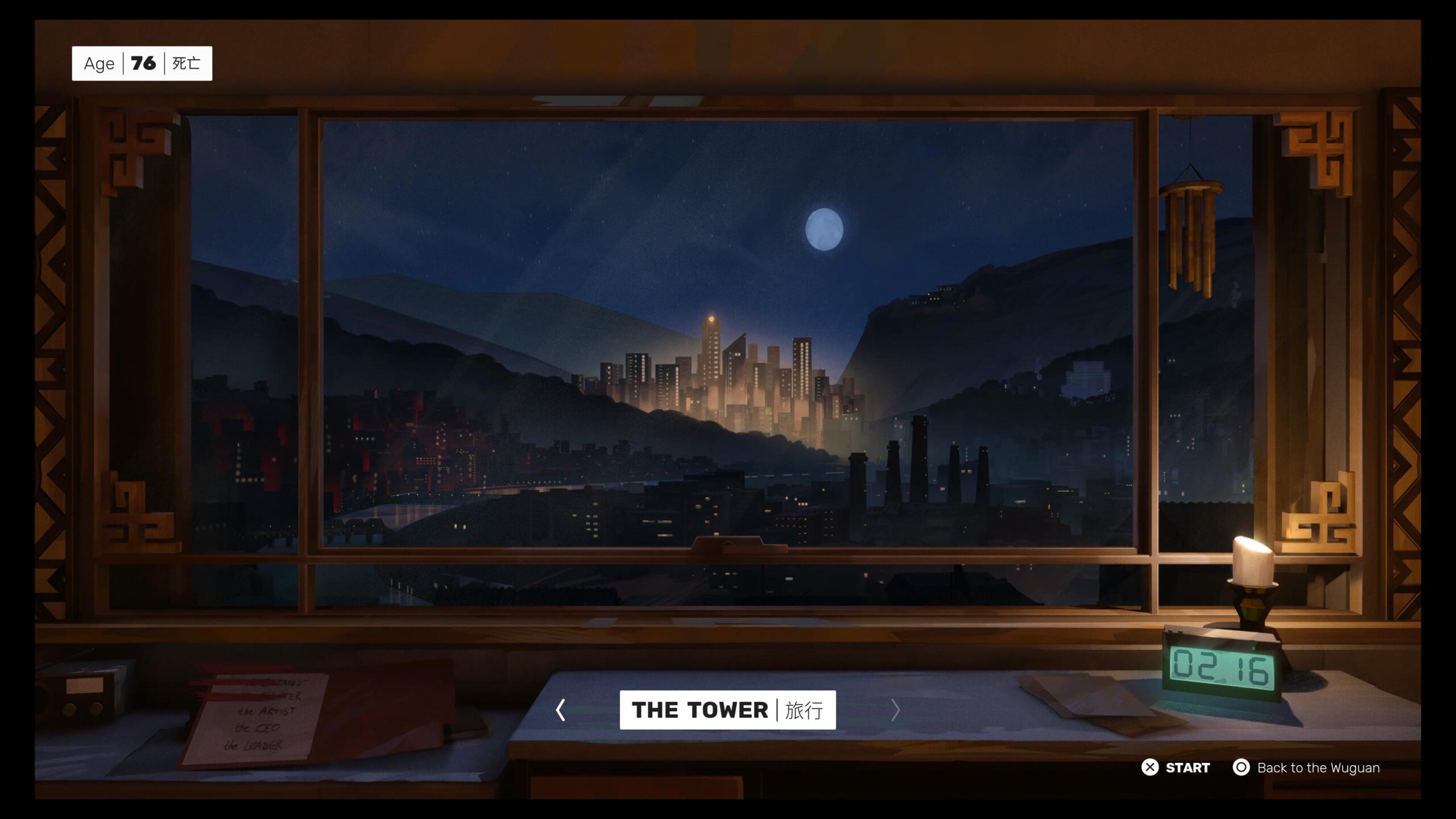
It doesn’t make a lot of sense. Getting old would logically decrease one’s resilience, but would also weaken muscles. What Sloclap should have done is put the onus on the player to decide which stat they should lose/keep.
This would also allow players to build the protagonist to suit their play style and retain the core themes of Sifu. It is genuinely novel to have a reverse leveling system that only levels down upon failures. It is also makes progress incredibly challenging and is made infuriating by cheating AI.
While developing this Sifu review, there was no way to ignore that some encounters had enemies who could flawlessly react to player inputs. This becomes a huge liability against armed opponents who can easily side step attacks that leave the player open. Aggression kills; most of the time, Sifu favors slower, defensive play.
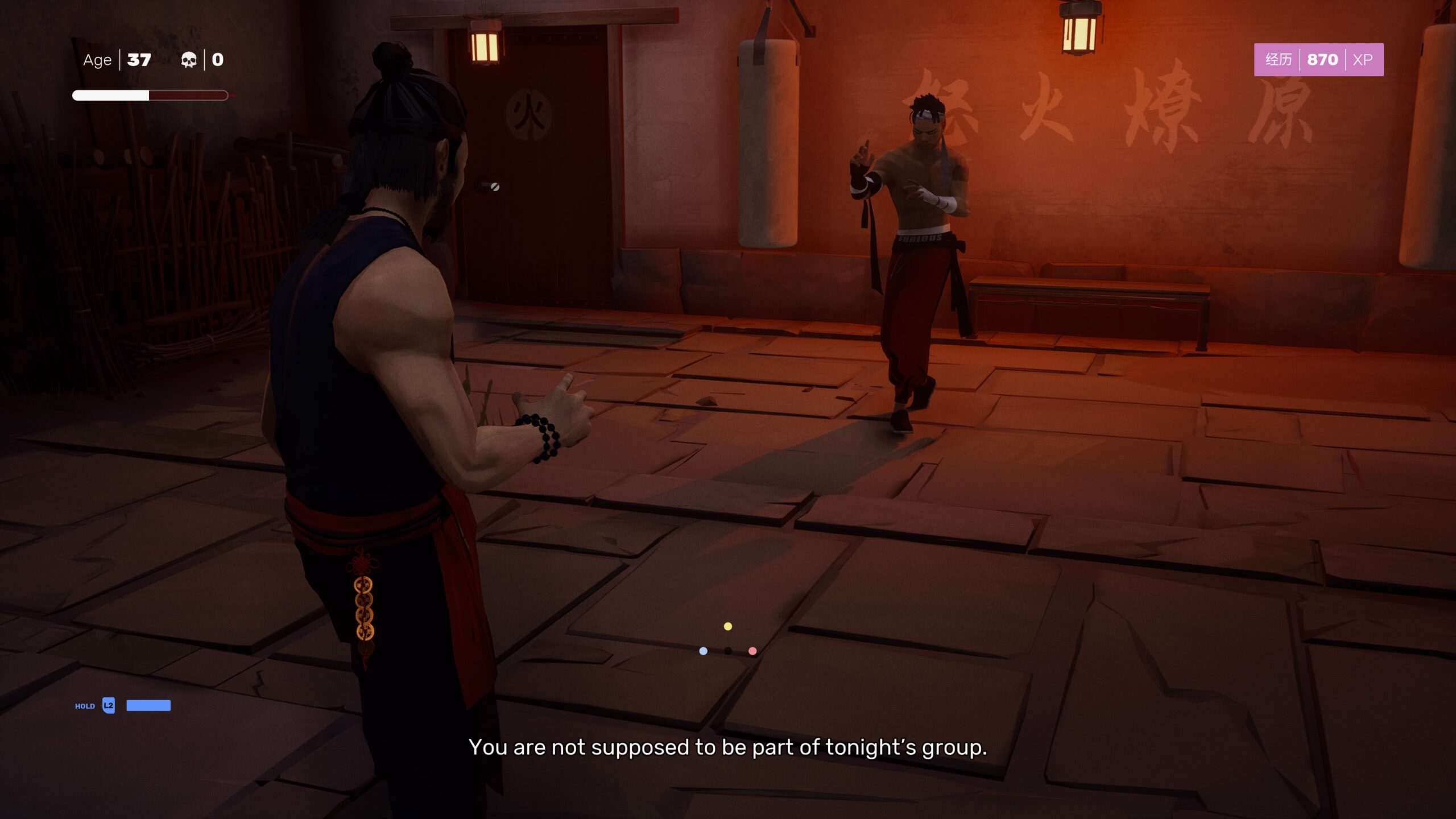
Assuming defensive strategies is not as easy as it sounds. While developing my Sifu review, it was common to encounter large groups of enemies who swarm the protagonist and the best option is frantically run around obstacles and abusing i-frames while vaulting over tables and structures.
When facing a large group of thugs, it is best to grab a stick or pole and stun-lock them until the weapon breaks. This can also happen when enemies have weapons and if they do: run for the hills and try to chuck a brick or bottle at their face.
Sifu demand’s patience, diligence and cat-like reflexes when up against multiple foes, but nothing is more fearsome than the game’s camera. There are several moves that are earned that require fighting game style inputs with the analogue stick. Snap up and downs are not reliably registered when the POV is doing its own thing and the game can’t understand which move the player is executing.
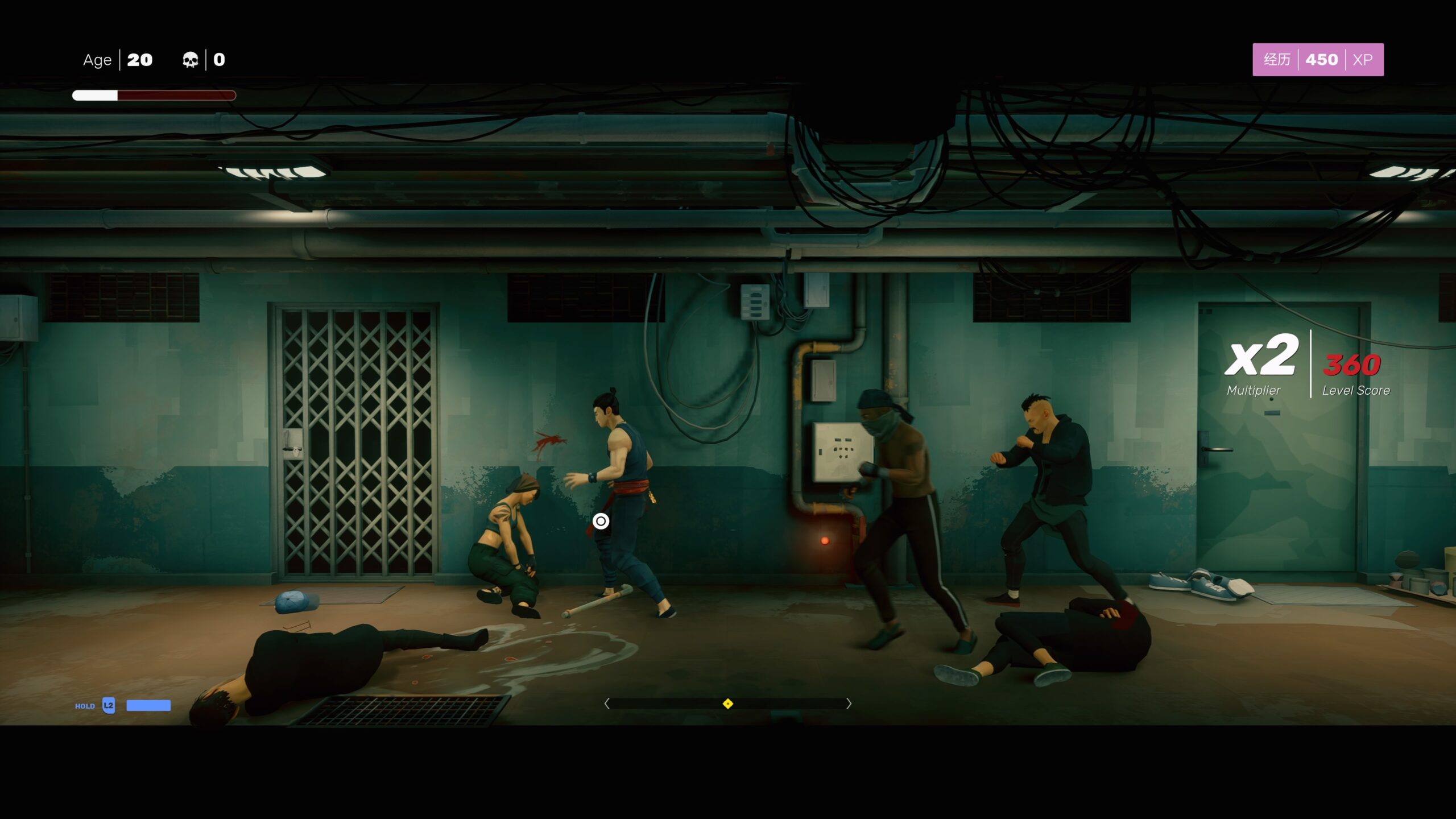
Compounded with AI that can inhumanly react to player inputs, Sifu can seem like it is cheating. If failing to confidently execute specific attacks won’t trip up the player, then the sneaky enemies who also can get a second wind will add wrinkles to the hero.
When Sifu works, it looks and feels incredible. The dazzling style and presentation makes the game look like money. Sloclap’s deft appropriation of the culture elevates the very basic story and adds a lot of flair to the painterly visuals.
The camera may not always obey when its in free-form, but when it is in control of the game’s director; the results are truly picturesque. Some battles lock the POV for great effect and sometimes homage classic Asian cinema. It isn’t just appropriation- it is appreciation.
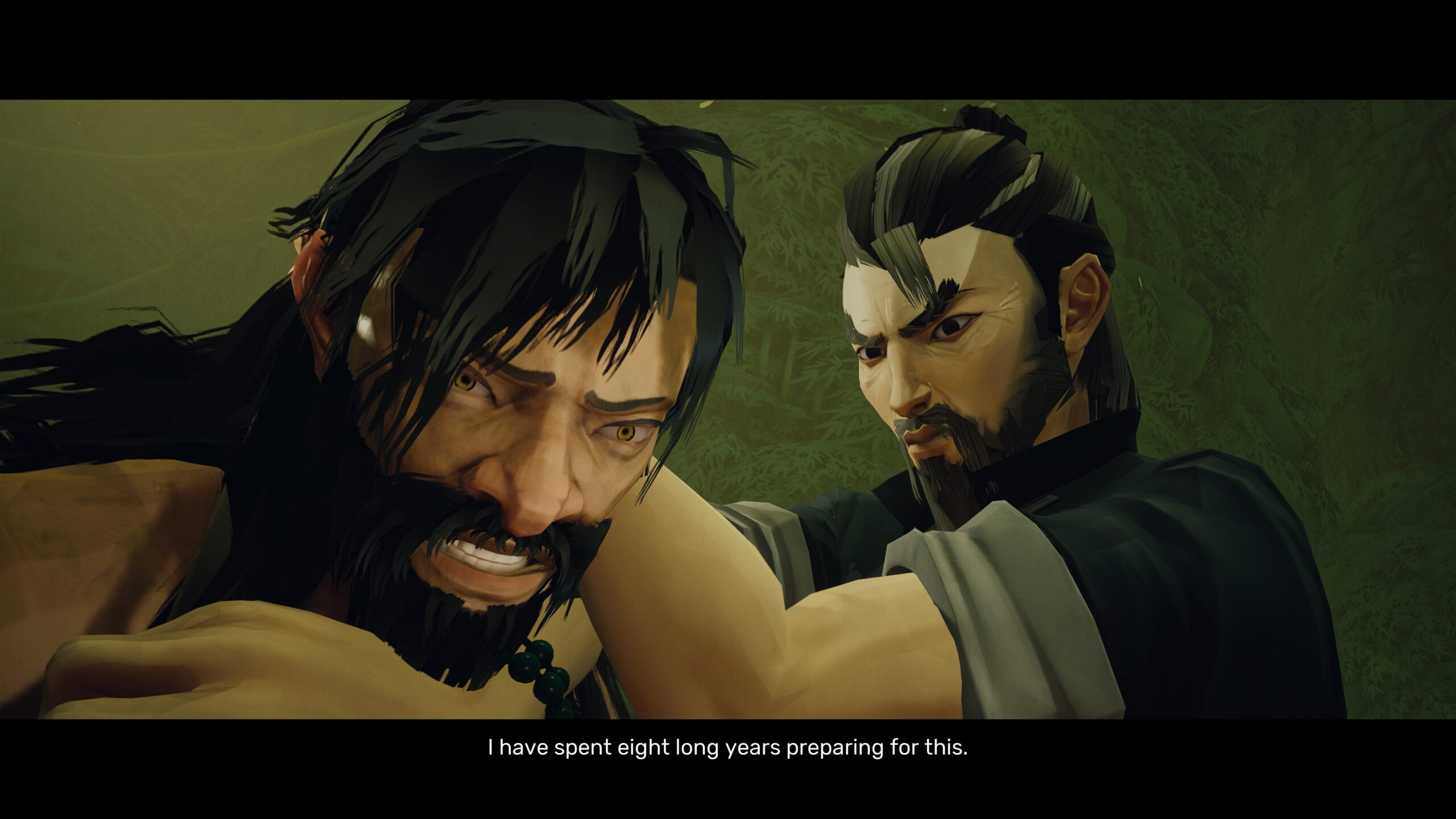
Sifu is a very cruel game that can make players really pissed off at times. Even upon mastery, stupid things happen and there is little respect for the player’s time. When things click, it looks and feels satisfying.
Becoming a kung fu master is a very difficult path that feels like climbing a mountain. If only Sifu had the substance to back up its lofty ambitions, instead of padding it out with needless grinding and excessive punishment for failure.
If Sloclap wanted to make Sifu hard, they could have done it without making players have to re-do most of the game from the beginning. Earning and keeping shortcuts should feel rewarding, but in Sifu it only seems like it is a solution to a problem the developers created.
Sifu was reviewed on PlayStation 5 using a copy provided by Sloclap. You can find additional information about Niche Gamer’s review/ethics policy here. Sifu is now available for Windows PC (via Steam), PlayStation 4 and PlayStation 5.